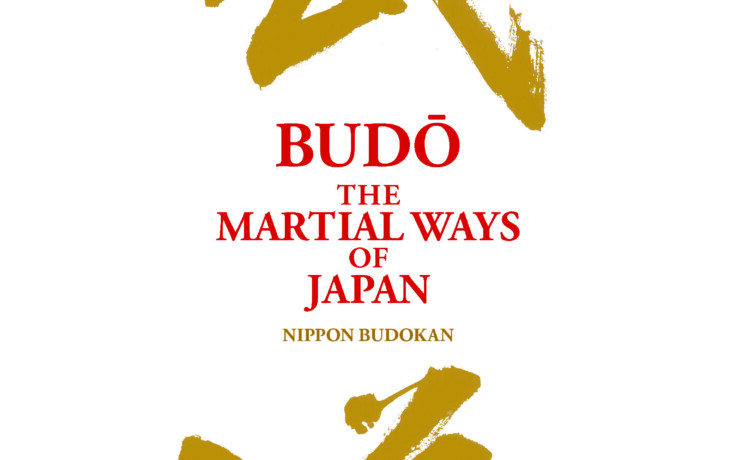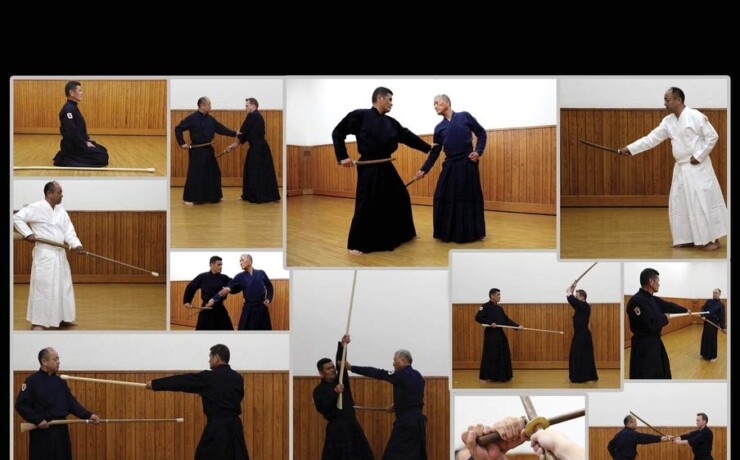
Jukendo
Jukendo, or the "art of bayonet fighting," blends traditional Japanese spearmanship with Western bayonet techniques. Practitioners use the mokuju, a wooden mock rifle and bayonet, to target specific points on the opponent's body, emphasizing precise, kiai-powered thrusts and controlled withdrawal. Enhanced protective armor shields vital areas like the throat and heart. Through kata, sparring, and disciplined practice, jukendo fosters character development and has evolved into a fitness-oriented, inclusive sport accessible to all ages.














